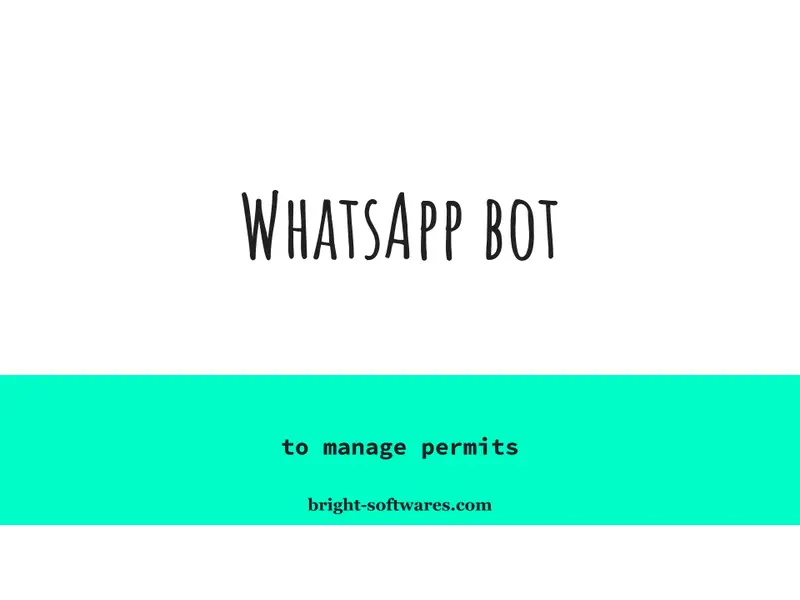Demo video
Here is a demonstration of the whatsapp bot
Introduction
In today’s world, WhatsApp has become one of the most popular communication tools for businesses and individuals alike. With more than 2 billion active users, it provides a perfect platform for businesses to connect with their customers. Building a WhatsApp bot can be an effective way to provide customer support, answer frequently asked questions, and even generate leads. In this blog post, we’ll discuss how to build a WhatsApp bot using the Twilio API and Python.
Customer Context
As businesses grow, managing customer support requests becomes challenging. One solution to address this problem is to create a chatbot that can handle common queries and automate some of the support tasks. With the growing popularity of WhatsApp, businesses can leverage it to provide customer support more efficiently.
Challenge Faced
Creating a WhatsApp bot can be a challenging task. There are several limitations that need to be addressed. WhatsApp’s official API does not provide a direct way to create a bot. One of the best ways to create a WhatsApp bot is to use a third-party API like Twilio.
How We Overcame It
We used the Twilio API to build our WhatsApp bot. Twilio provides a sandbox environment that allows developers to test their bots before going live. The API uses the Flask web framework and the Twilio SDK for Python to interact with the WhatsApp API.
We first created a virtual environment in Python and installed the required libraries, including Flask and the Twilio SDK. We then set up a Flask application and created a route for the incoming messages from WhatsApp. We used the Twilio SDK to parse the incoming messages and generate a response. We added different response templates based on user queries and integrated the bot with third-party APIs to handle specific requests.
The next step was to deploy the bot to a server. We used a cloud service provider like AWS or GCP and configured the server to handle incoming requests from Twilio. We also set up a domain name and configured the SSL certificate for HTTPS communication.
Benefits for the Customer
Building a WhatsApp bot using Twilio API provides several benefits for the customer. It can handle customer support requests, answer frequently asked questions, and even generate leads. The bot can be customized to handle specific queries and integrate with third-party APIs to provide more context-specific responses. By automating common support tasks, businesses can improve their customer response time and reduce support costs.
Conclusion
Building a WhatsApp bot can be a challenging task, but it provides several benefits for businesses. With the help of the Twilio API and Python, it’s possible to create a powerful and customizable bot that can handle customer support requests, generate leads, and automate common support tasks. By leveraging WhatsApp’s popularity, businesses can provide efficient and effective customer support to their customers.









